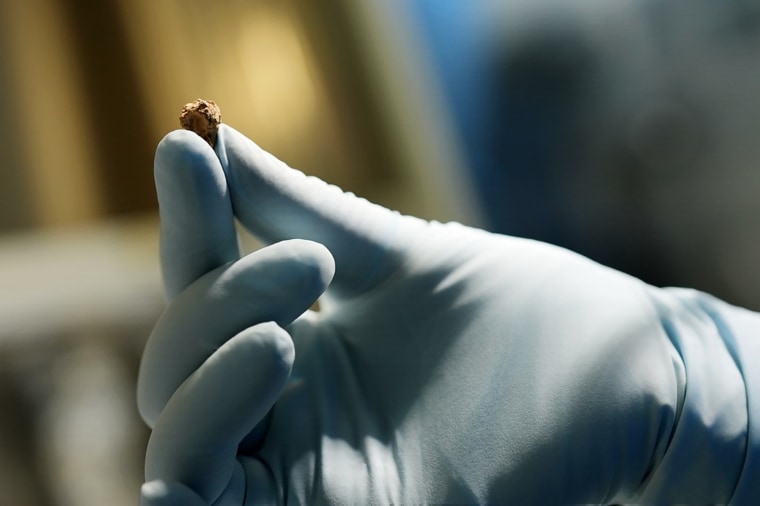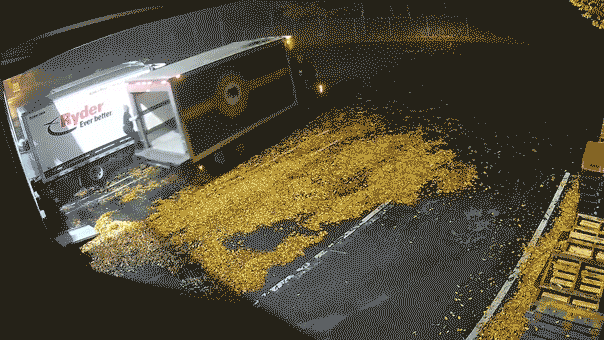HONG KONG — When the 3,600-year-old coffin of a young woman was excavated in northwestern China two decades ago, archeologists discovered a mysterious substance laid out along her neck like a piece of jewelry.
It was made of cheese, and scientists now say it’s the oldest cheese ever found.
“Regular cheese is soft. This is not. It has now become really dry, dense and hard dust,” said Fu Qiaomei, a paleogeneticist at the Chinese Academy of Sciences in Beijing and the co-author of a study published Tuesday in the journal Cell.
A DNA analysis of the cheese samples, she told NBC News in a phone interview Thursday, tells the story of how the Xiaohe people — from what’s now known as Xinjiang — lived and the mammals they interacted with. It also shows how animal husbandry evolved throughout East Asia.
The Bronze Age coffin was discovered during the excavation of the Xiaohe Cemetery in 2003.
Since the woman’s coffin was covered and buried in the dry climate of the Tarim Basin desert, Fu said, it was well preserved, as were her boots, hat and the cheese that laced her body.
Ancient burial practices often included items of significance to the person buried alongside them. The fact that those items included chunks of kefir cheese alongside the body showed that “cheese was important for their life,” she added.
A fondness for cheese dates back thousands of years.
Its production was depicted on wall murals in ancient Egyptian tombs in 2000 BC, and traces of the practice in Europe date back almost 7,000 years, but scientists say the Tarim Basin samples are the oldest samples of cheese actually found.
Fu and her team took samples from three tombs in the cemetery, and the team then processed the DNA to trace the evolution of the bacteria across thousands of years.
They identified the cheese as kefir cheese, which is made by fermenting milk using kefir grains. Fu said they also found evidence of goat and cow milk being used.
The journey of the cheese took them to tracing the journey of the kefir culture, which is used to make the final cheese.

The study also shows how Xiaohe people, who were known to be genetically lactose intolerant, consumed dairy before the era of pasteurization and refrigeration, as cheese production lowers lactose content.
While previous research has suggested kefir spread from the northern Caucasus in modern Russia to Europe and beyond, the study shows the spread also took another route toward inland Asia: from present-day Xinjiang via Tibet, giving crucial evidence of how the Bronze Age populations interacted.
The DNA analyzed by Fu’s team also suggested that the bacteria strains gained resistance to antibiotics as they became more prevalent throughout the years. “Today they’re actually very resistant to medicine,” Fu said.
But it also showed how the bacteria, which would have earlier triggered immune system responses in humans, also adapted. “They are also good for the immune system and for producing antibodies. We can see at some point it adapted to humans.”
The evolution of human activities spanning thousands of years also affected microbial evolution, the study found, citing the divergence of a bacterial subspecies that was found to have been facilitated by the spread of kefir across different populations.
Read the full article here

















